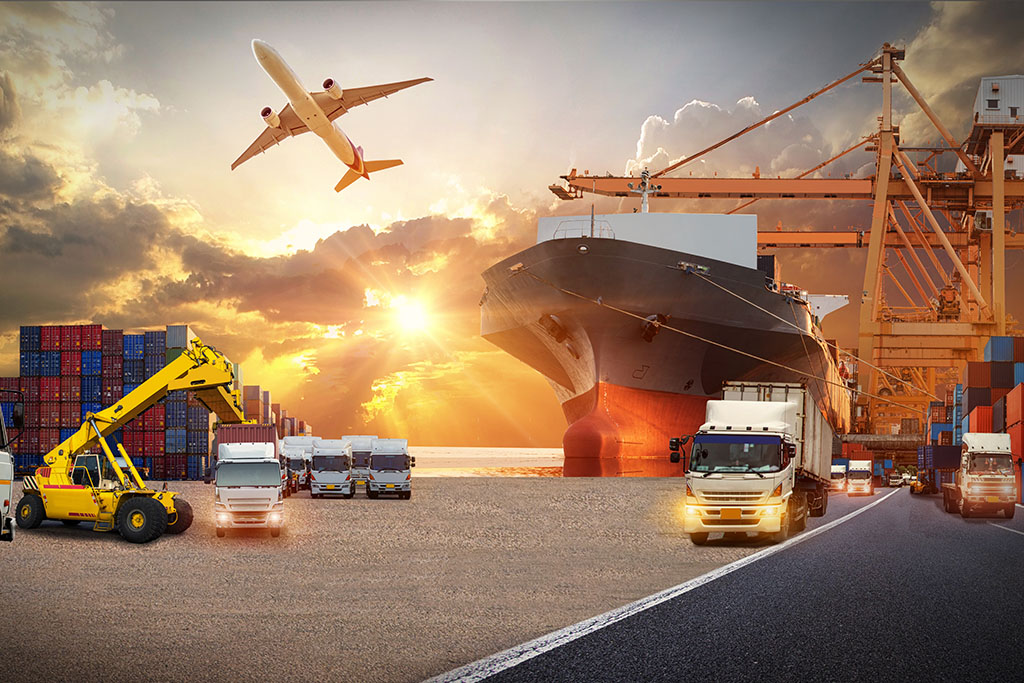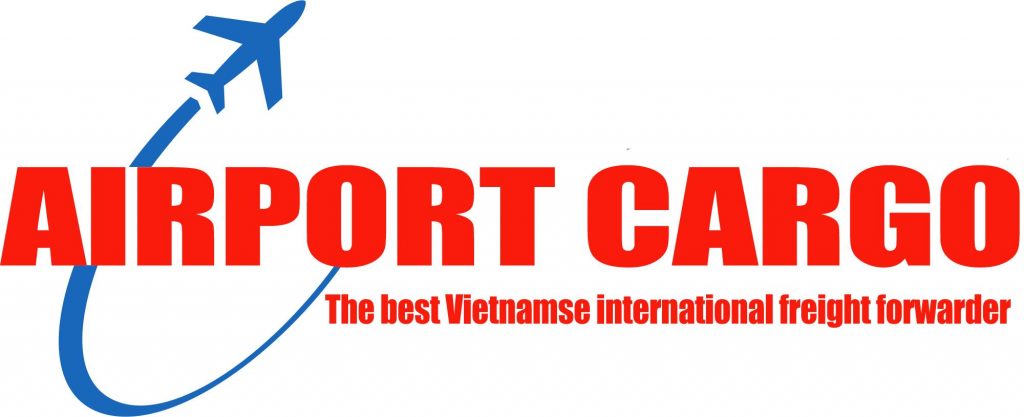The challenges of cross-border international trade

As the world continues to see a more volatile global trade environment, companies are heading into unchartered territory – facing growing challenges in an increasingly complex trading landscape.
1. Customer
Customers in international markets expect their journey to feel like a domestic transaction with localized languages, currencies, and customer service functions; any deviation from this and additional international complication may lead to reduced buyer conversion.
Basket abandonment is typically higher if translation is inaccurate or if currency conversion is manual; therefore, a successful cross-border trade proposition requires a robust localized checkout process.
Specialist technology and logistics providers are established in this space and could be partnered with in order to deliver a seamless and tailored customer experience.
3. Brands
Brands who seek to develop a global direct-to-consumer sales channel are struggling with how to supply customers in international markets, for the same reasons as retailers are.
Brands may have traditionally placed more emphasis on their marketing, advertising, and commercial sales functions; however, in order to achieve a direct cross-border, route-to-market and cut out retailer margins, brands should develop their own (or partnered) capability within international tax, customs, and logistics.
4. Tax and customs
International customers being hit with unexpected fees (e.g. customs duties and taxes) which were not displayed at the point of sale can be a violation of some consumer laws and a barrier to consumer confidence in purchasing from abroad.
This can also affect repeat business, as customers are unlikely to return. Price transparency and a detailed understanding of fully landed cost components are therefore key enablers for a successful cross-border proposition and DDP pricing.
Specialist technology providers can provide both the item customs classification and tax and duty calculation services based on the product type and destination country, which can help prevent unexpected charges later in the parcel journey.
5. Paperwork, regulations and compliance
Customs declarations, manifests, product licenses, packaging requirements, export evidence and invoices – cross-border trade involves significant documentation which varies by market. Simply understanding this regulation provides a challenge to most businesses, let alone full compliance. Certain product categories, such as alcohol, food, cosmetics and electronics, are more heavily regulated than others and their restriction/prohibition into certain markets needs to be checked before remaining legal documentation is completed.
The level of cohesion and swiftness by which some Western countries have implemented various sanctions packages in the aftermath of the Ukraine invasion suggests an increasing likelihood that trade restrictions, including export controls, could continue to be used in future geopolitical confrontations. Remaining compliant and avoiding the ire of both political and public scrutiny in a quickly changing regulatory environment should require nimble automated screening tools that are properly coordinated and ingrained across enterprise systems.
Specialist technology and logistics partners can be included within international trade strategies to help manage these requirements efficiently with minimal physical paperwork and reduce the likelihood of incurring fines and compliance issues. Services can include automatically flagging restricted/prohibited products, online customs declaration production and identification and response to new regulations.
6. Returns
Customers increasingly expect robust returns policies and propositions, and not offering free returns can make or break sales both locally and cross-border. If it isn’t simple or customer-friendly, many consumers can go elsewhere, even at more expense.
Businesses often have limited visibility and control over the returns process, with little indication of what is being returned and its condition until it arrives.
Without this visibility, returns can be a costly and time-consuming task and lead to a delay in resalable stock making it back to market – which can only be made worse by the longer transportation timeframes and delays associated with international movements. The cross-border returns process is made more complex due to customs duty and tax implications, which are often different to the outbound movement due to returned goods relief being available on double duty payments.
Working with an end-to-end returns intermediator, with existing multicarrier international capabilities, can help reduce operational pressures for businesses. Consumers want to protect their choice and businesses want to manage their costs, but it can be hard to strike the balance. Specialist partners have the technology to help facilitate parcel tracking, supply chain visibility and a cost optimization route (e.g. exchange, salvage, scrap). Of course, it is recommended that businesses bake the cost of these cross-border returns services into their margins in order to remain profitable


